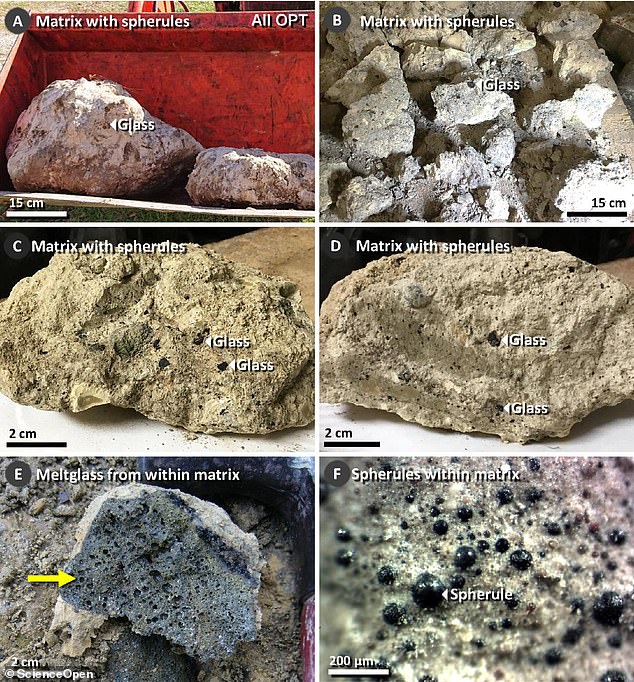Around 13,000 years ago, a significant explosion in Louisiana may provide evidence for a controversial theory about a lost civilization, popularized by author Graham Hancock. His bestselling work posits that a sophisticated society was extinguished by a cosmic event approximately 12,800 years ago. In a recent discussion with comet scientist Dr. Alan West, Hancock emphasized that his theories often face skepticism but are gaining traction due to new discoveries related to cosmic impacts.
The recent findings indicate that an airburst—an explosion caused by celestial materials—formed a depression in Louisiana that could be the first airburst crater identified from that time period. Hancock theorizes that Earth encountered fragments of a giant comet from the Taurid Meteor Stream, asserting that such impacts may have occurred multiple times, rather than as a singular event. This cataclysm, he argues, affected regions globally, impacting not just terrestrial life but the trajectory of human history.
Dr. West reinforced the seriousness of these findings, suggesting that smaller, potentially deadly airbursts occur more frequently than previously thought—events that could have catastrophic effects today, unlike the era when the human population was significantly smaller.
Both researchers face criticism from the mainstream scientific community, but they remain committed to their investigations. Hancock acknowledges the slow process of changing entrenched scientific paradigms, but maintains that accumulating evidence will eventually validate their claims.
Source link


